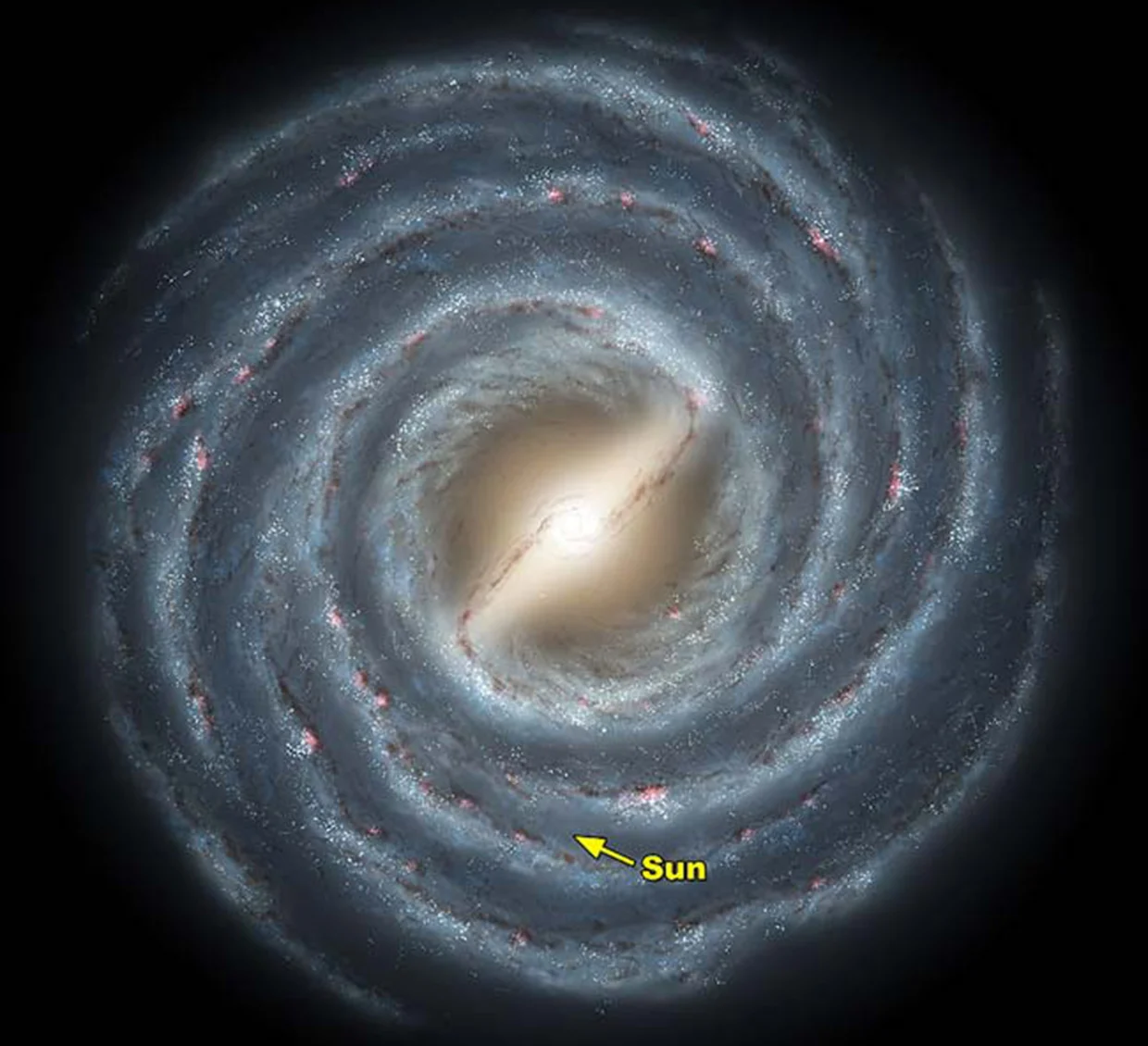The Milky Way Galaxy is the sprawling home of our solar system, a cosmic city of billions of stars, planets, and nebulae. This majestic spiral galaxy has fascinated scientists and stargazers alike for centuries, and The Universe Episodes bring its wonders to life like never before. Through these episodes, viewers can explore the structure, formation, and ongoing evolution of the Milky Way Galaxy, witnessing how the interactions of countless Stars and cosmic phenomena shape our galactic neighborhood. Understanding the Milky Way Galaxy is essential to understanding the Universe, as it provides a window into the processes that govern galaxies throughout the cosmos.
The Structure of the Milky Way Galaxy
The Milky Way Galaxy is a barred spiral galaxy, with a dense central bulge, sweeping spiral arms, and an extensive halo of stars and dark matter. The Universe Episodes detail how this structure came to be, showing how gravity and cosmic forces have shaped the Milky Way Galaxy over billions of years. Each spiral arm is home to clusters of stars, interstellar gas, and nebulae where new stars are born. Observing the Milky Way Galaxy in these episodes helps viewers understand that our galaxy is not static—it is a dynamic system constantly evolving and interacting with the Universe around it.
Star Formation in the Milky Way Galaxy
One of the most captivating aspects of the Milky Way Galaxy is its continuous cycle of star formation. Giant molecular clouds within the spiral arms collapse under gravity to create new stars, fueling the ongoing evolution of the Milky Way Galaxy. The Universe Episodes explore these stellar nurseries in detail, showing how stars of different sizes and lifespans shape the environment around them. From young, bright stars to massive supergiants nearing the end of their life, the Milky Way Galaxy is a living, breathing entity where creation and destruction coexist in a delicate balance.
Galactic Evolution Over Billions of Years
The Milky Way Galaxy has evolved significantly since its formation over 13 billion years ago. The Universe Episodes illustrate how mergers with smaller galaxies, the accumulation of interstellar gas, and the life cycles of stars have contributed to its current structure. The ongoing process of evolution within the Milky Way Galaxy reveals the immense scale and complexity of galactic development. By studying our galaxy, scientists gain insight into the mechanisms that govern galaxies throughout the Universe, learning how cosmic forces shape the distribution of stars, planets, and other celestial phenomena.
The Central Black Hole of the Milky Way Galaxy
At the heart of the Milky Way Galaxy lies a supermassive black hole known as Sagittarius A*. The Universe Episodes provide a fascinating look at how this central black hole influences the dynamics of the Milky Way Galaxy, affecting the motion of stars and the distribution of interstellar gas. Although invisible to the naked eye, the presence of this black hole is critical to the structure and evolution of the Milky Way Galaxy. Through advanced simulations and observations, viewers can see how the central black hole serves as a gravitational anchor, shaping the behavior of stars and matter throughout the galaxy.
The Spiral Arms and Stellar Populations
The Milky Way Galaxy’s spiral arms are regions of intense activity, home to young stars, star clusters, and nebulae. The Universe Episodes showcase how these spiral arms evolve, influenced by density waves, gravity, and stellar feedback. Stars born within these arms eventually migrate, enriching the Milky Way Galaxy with heavier elements as they live and die. By exploring these regions, viewers gain a deeper appreciation for the complexity of the Milky Way Galaxy and its ongoing cycle of growth and transformation. The stellar populations within the galaxy are not random—they follow patterns that reveal the history and evolution of our cosmic home.
Cosmic Interactions and the Milky Way Galaxy
The Milky Way Galaxy does not exist in isolation. It interacts with neighboring galaxies, including the Large and Small Magellanic Clouds, and is slowly on a collision course with the Andromeda Galaxy. The Universe Episodes demonstrate how these cosmic interactions influence the structure and evolution of the Milky Way Galaxy, triggering star formation, altering spiral arms, and redistributing interstellar gas. These interactions remind viewers that galaxies are part of a larger, interconnected Universe, and the fate of the Milky Way Galaxy is shaped not only by internal processes but also by its cosmic environment.
Observing the Milky Way Galaxy
Modern telescopes and observational technologies have allowed scientists to map and study the Milky Way Galaxy in unprecedented detail. From radio waves revealing cold gas clouds to infrared observations penetrating dust clouds, these tools uncover the hidden structures within the Milky Way Galaxy. The Universe Episodes leverage these discoveries to present an immersive view of our galaxy, enabling viewers to see its spiral arms, central bulge, and stellar populations as never before. Observing the Milky Way Galaxy in such detail deepens our understanding of its structure and evolution, showing how galaxies in general evolve throughout the Universe.
The Milky Way Galaxy and Our Cosmic Perspective
Studying the Milky Way Galaxy offers more than scientific insight—it also provides perspective on our place in the Universe. The Universe Episodes emphasize that Earth and the solar system are just one small part of this vast galactic ecosystem. Every star, nebula, and cluster within the Milky Way Galaxy contributes to the story of cosmic evolution, highlighting the interconnectedness of celestial phenomena. By exploring our galaxy, viewers gain a greater appreciation for the scale and majesty of the Universe, understanding that the Milky Way Galaxy is both a unique home and a representative example of galaxies everywhere.
Conclusion: Embracing the Milky Way Galaxy
The Milky Way Galaxy is a living testament to the forces of creation and evolution that govern the Universe. Through The Universe Episodes, viewers can explore its spiral arms, star clusters, central black hole, and ongoing interactions with neighboring galaxies. The Milky Way Galaxy reveals the beauty, complexity, and dynamism of cosmic structures, offering insight into the processes that shape galaxies across the Universe. By studying and appreciating the Milky Way Galaxy, we not only learn about our cosmic neighborhood but also gain a deeper understanding of the interconnectedness of all matter and energy in the Universe. The story of the Milky Way Galaxy is the story of the Universe itself—a vast, evolving tapestry of stars, planets, and cosmic forces.



